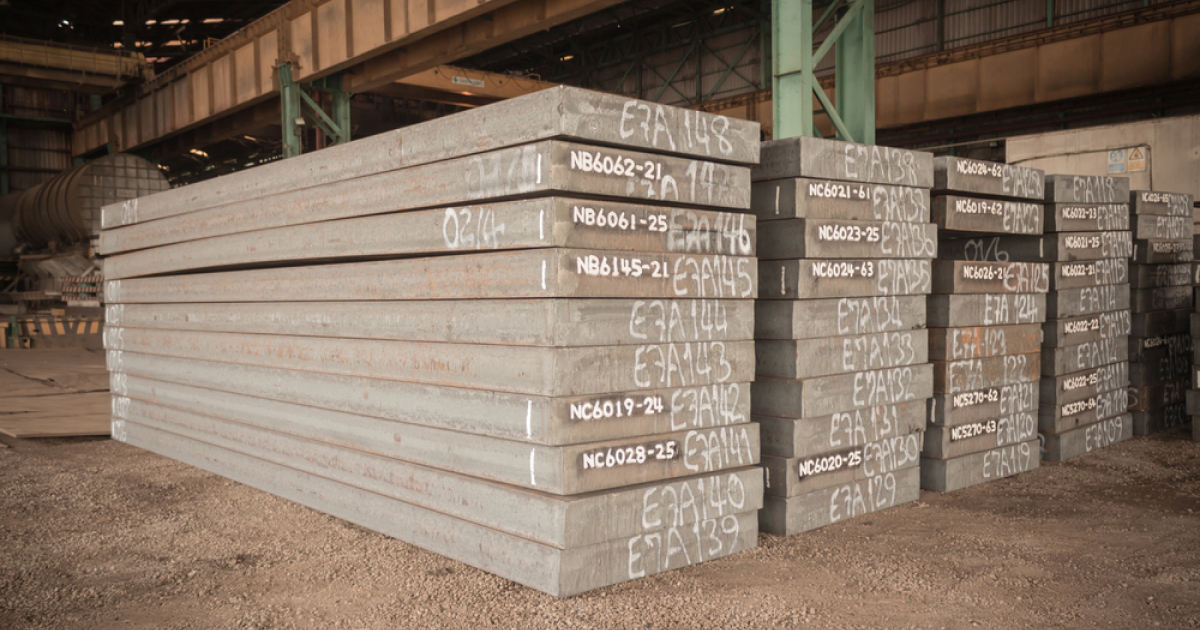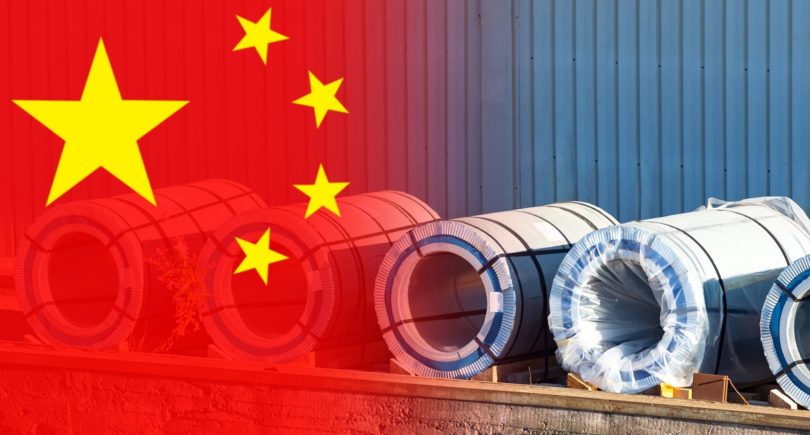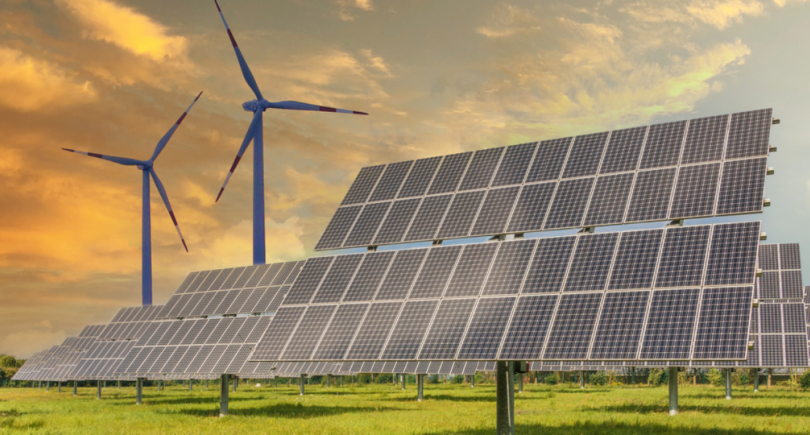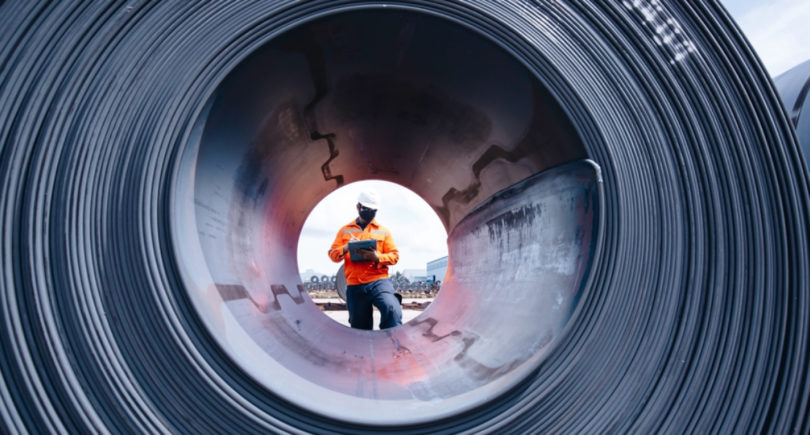
News Global Market Türkiye 597 05 July 2023
During the month, Turkish steelmakers imported 480.7 thousand tons of slabs, which is 23.9 times more than y/y
In May 2023, Turkiye increased the import of slabs by 23.9 times compared to May 2022 – up to 480.66 thousand tons. At the same time, compared to April, the indicator increased by 46%. This is evidenced by the data of the Turkish Statistical Institute (TUIK), reports Kallanish.
Russia remains the main supplier with a share of 57.5%. The rest of the countries that supplied slabs to Turkiye were mainly from the Asian region, in particular, Indonesia, Malaysia, China and South Korea. Slabs were also supplied from Uzbekistan, where, as is known, there are no facilities for the production of such products.
As a rule, Russia and Iran – significant producers of slabs – are countries that buyers avoid due to various sanctions. It is likely that the customs documents, in which Uzbekistan is indicated as the manufacturer of the products, may be falsified to circumvent the restrictions imposed on Russia and Iran.
In the case of slabs of Russian production, the issue became more sensitive after the tightening of import restrictions under the 11th package of sanctions. The new rules require importers from the EU to provide evidence that the products were not made from materials of Russian origin.
In January-May 2023, Turkiye imported 19.6% more slabs than in the same period of 2022 – 1.297 million tons. Supplies from the Russian Federation decreased by 15% y/y, and its share in total imports was 60.6%. At the same time, if we take into account the volume of deliveries from Uzbekistan and the UAE, countries that do not produce slabs, Russia’s share reaches 70%.
In 2022, Turkish steelmakers increased the import of slabs by 50.1% compared to 2021 – up to 2.29 million tons.
As GMK Center reported earlier, steel enterprises of Turkiye in May 2023, steel production increased by 7.5% compared to April 2023 – up to 2.879 million tons. In January-May, 12.98 million tons of steel were produced, which is 19.1% less y/y.



